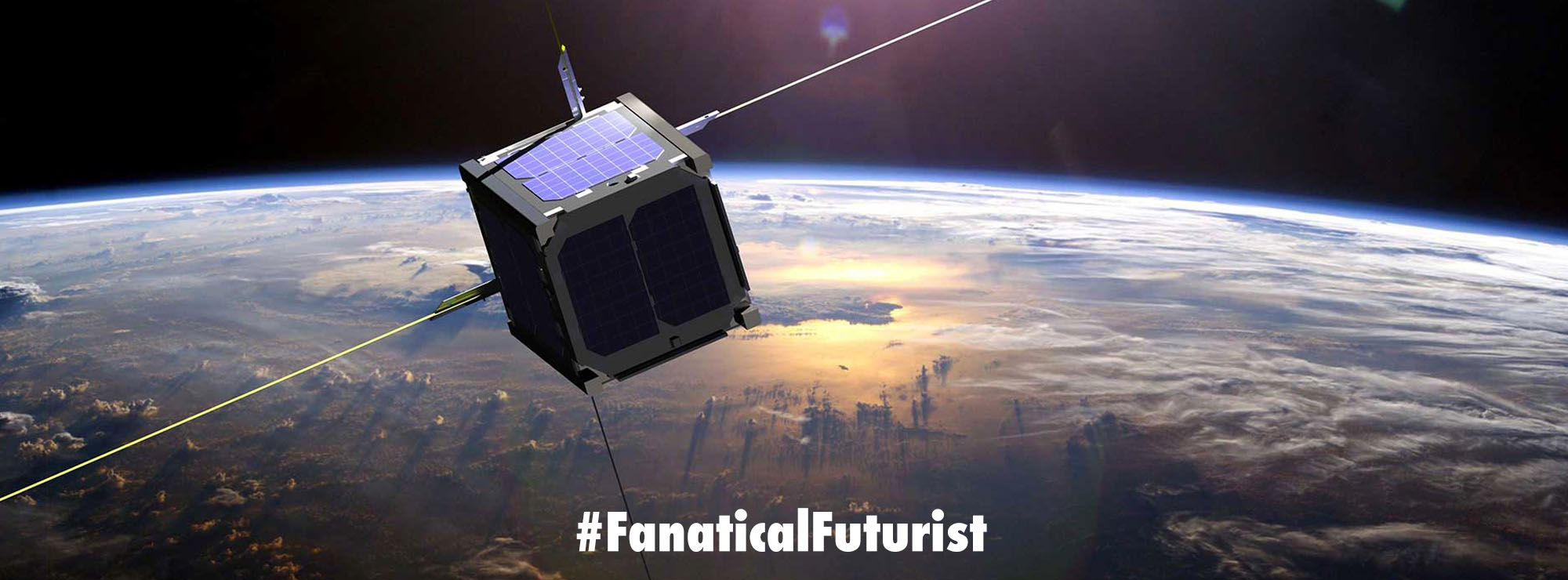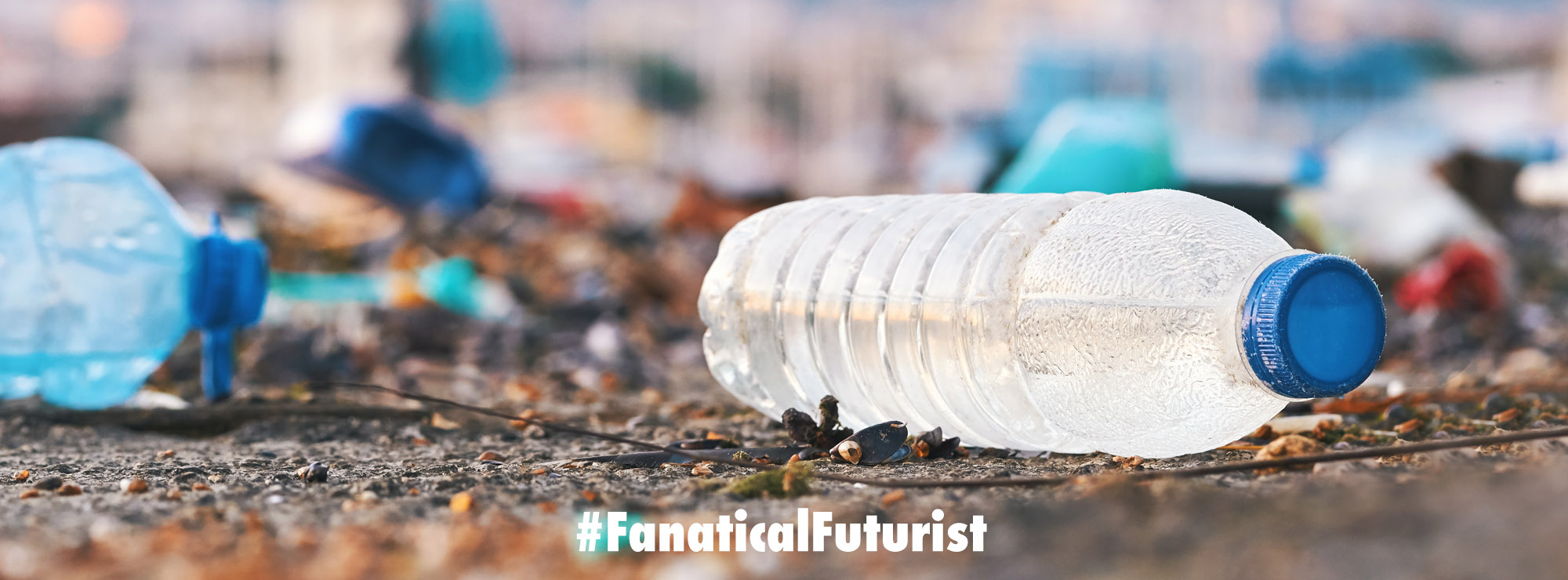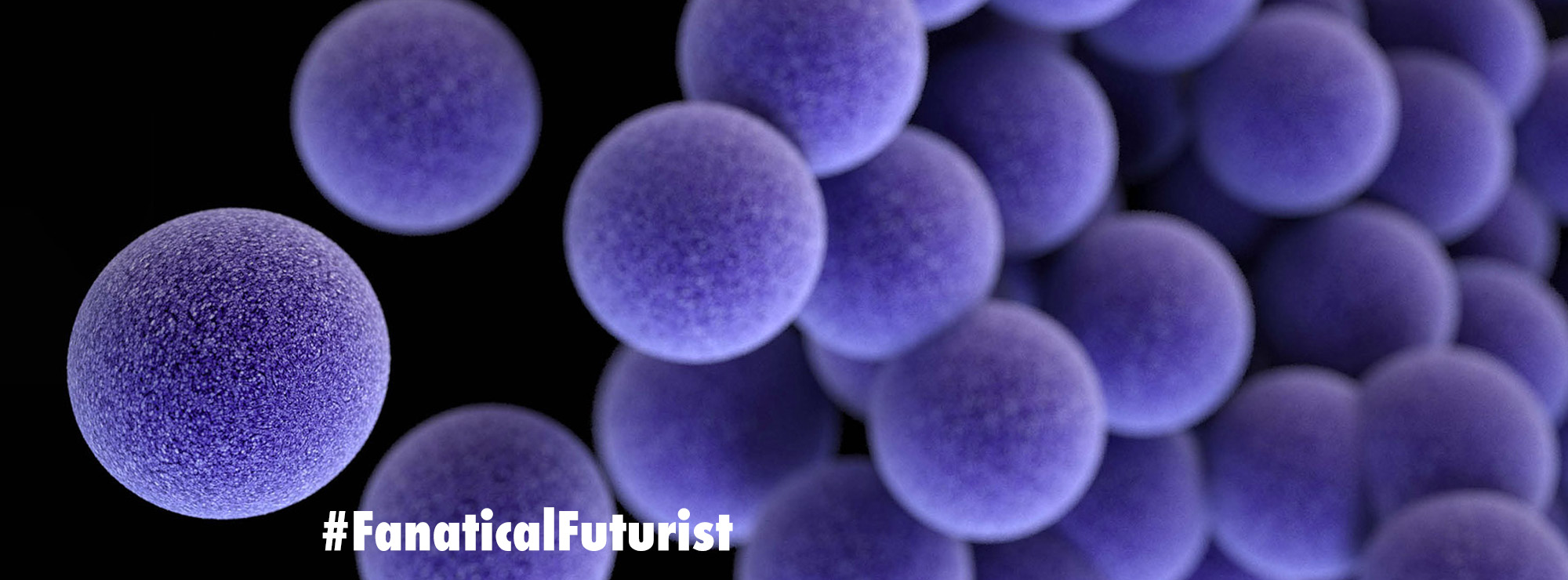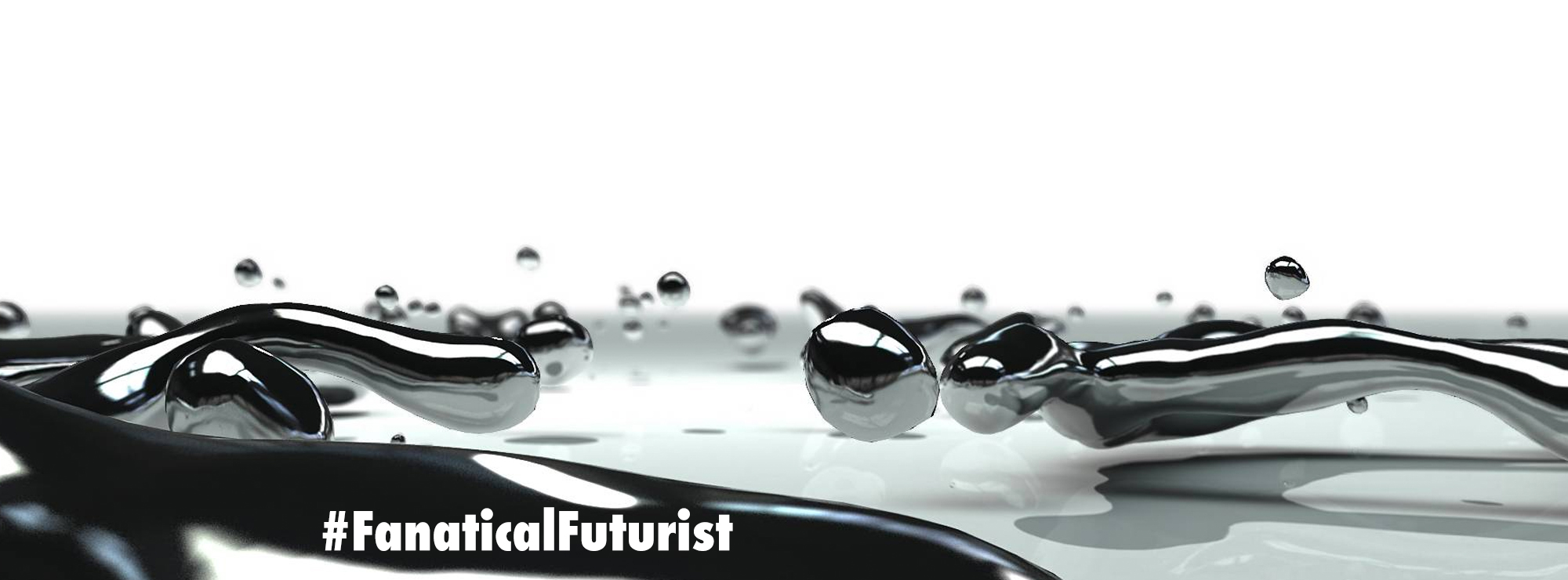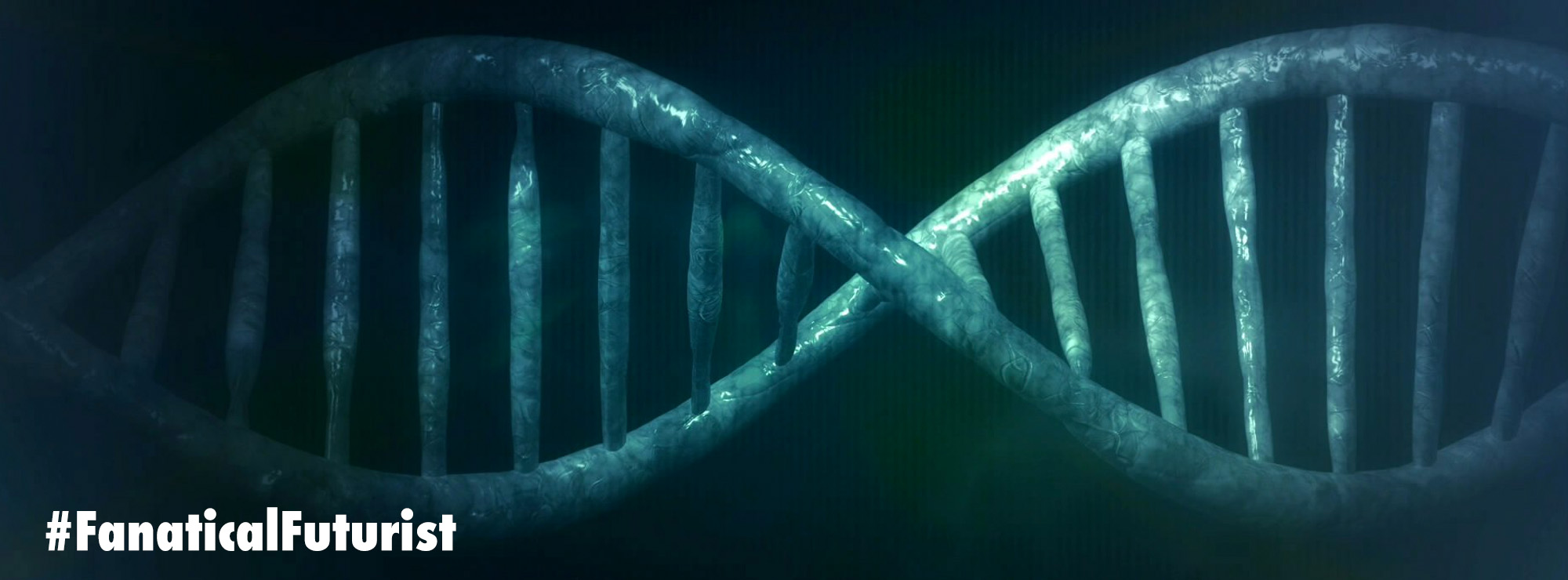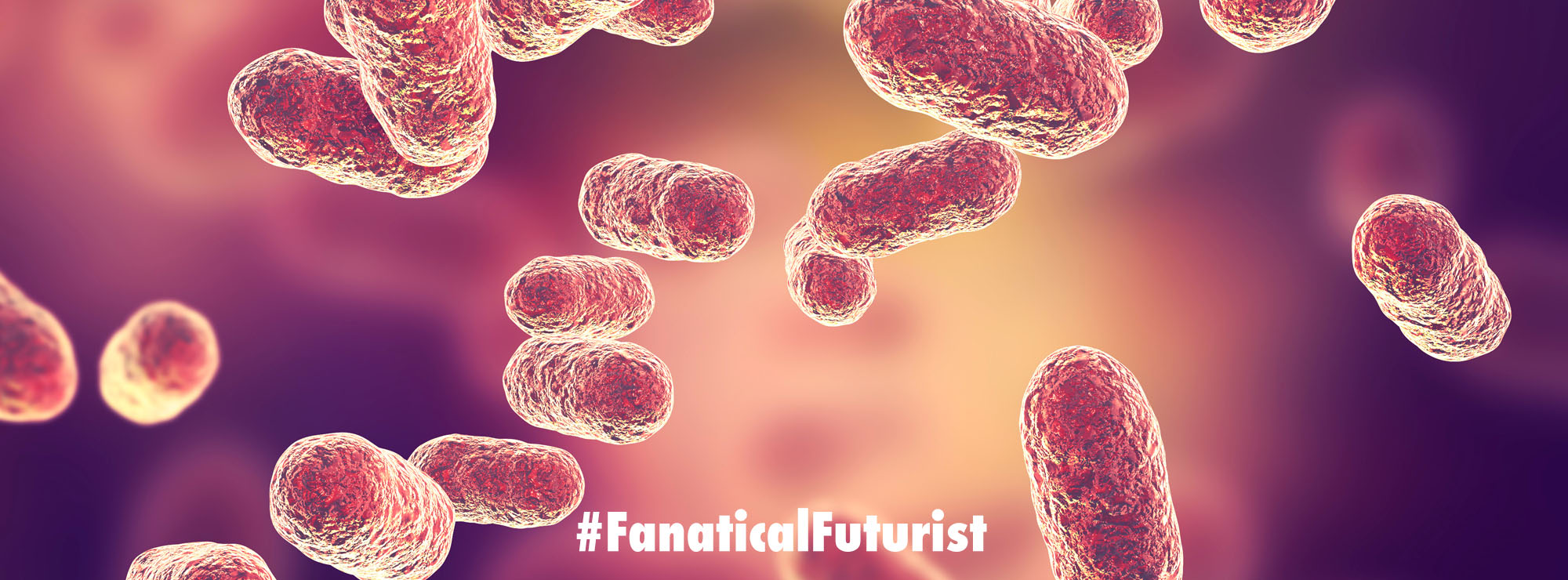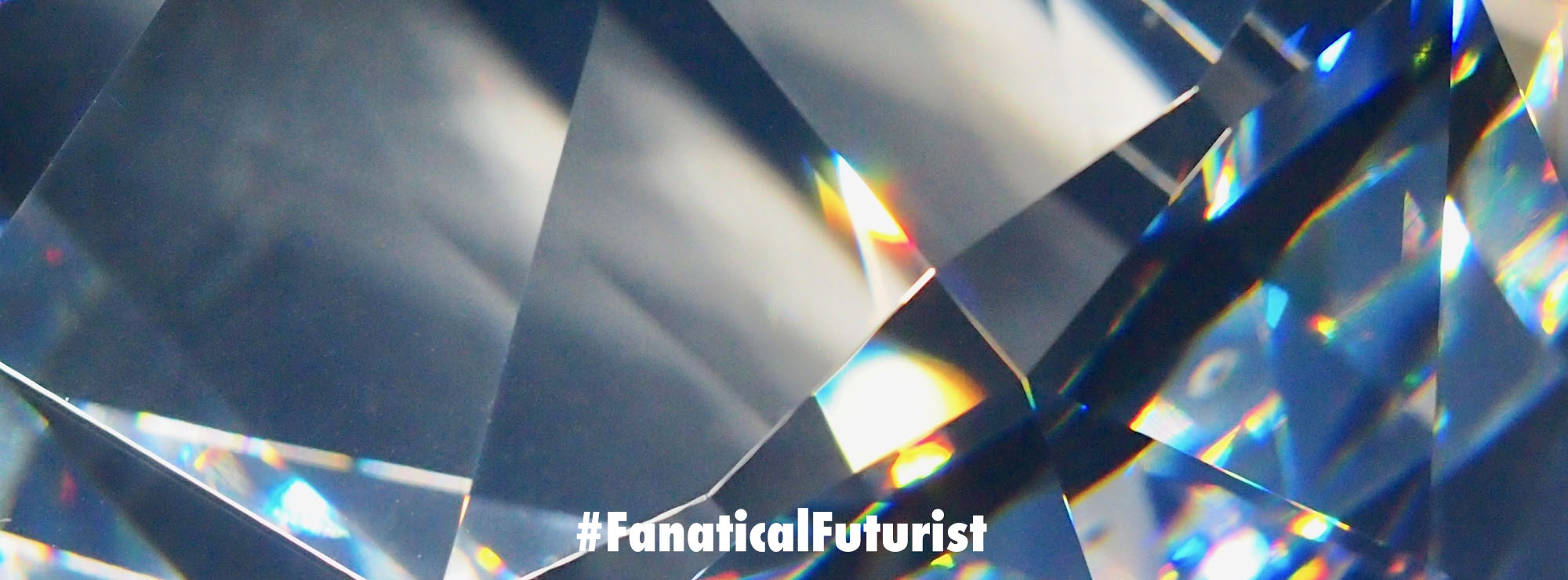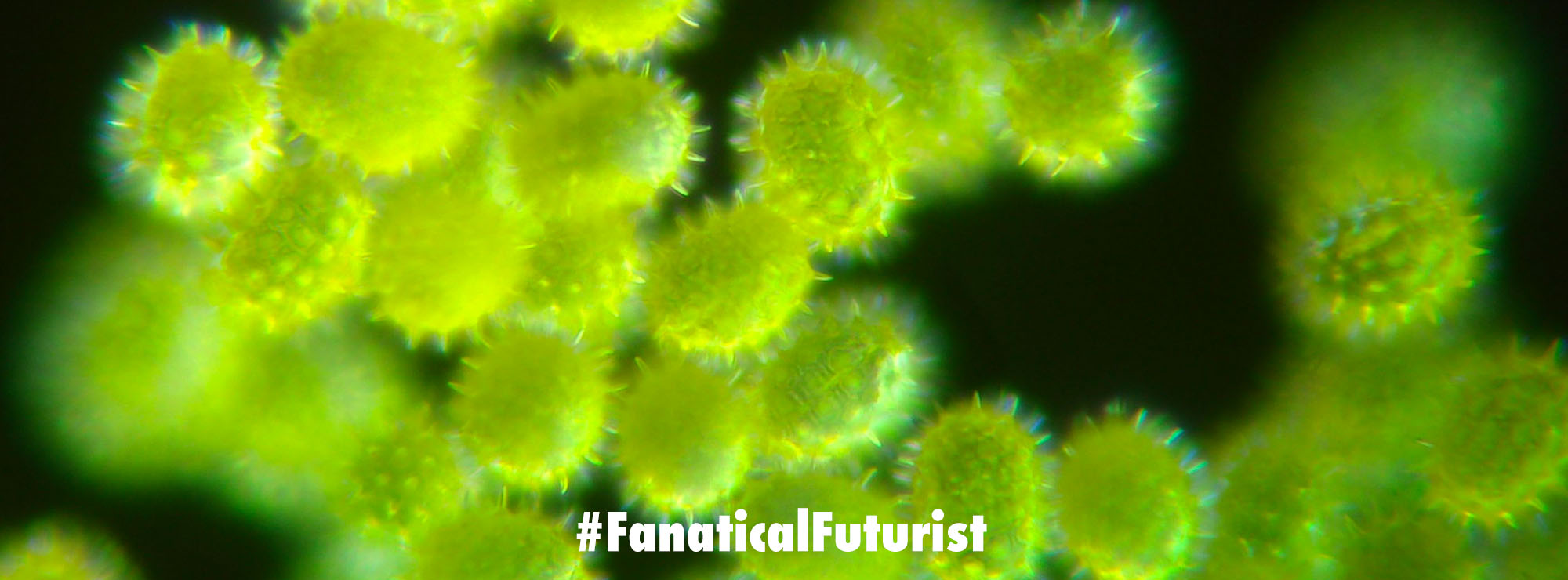
WHY THIS MATTERS IN BRIEF
Only 3% of the Earth’s water is fresh, and most of that is locked in the atmosphere.
 Love the Exponential Future? Join our XPotential Community, future proof yourself with courses from XPotential University, connect, watch a keynote, or browse my blog.
Love the Exponential Future? Join our XPotential Community, future proof yourself with courses from XPotential University, connect, watch a keynote, or browse my blog.
Some say future wars will be fought over water, and a billion people around the world are already struggling to find enough water to live. And now, in what might very well be a world first, researchers at the National University of Singapore (NUS) have created a substance that extracts water from air without the need for any external power source.
In the Earth’s atmosphere, there is water that can fill almost half a trillion Olympic swimming pools. But it has long been overlooked as a source for potable water.
To extract water from this under used source a team led by Professor Ho Ghim Wei from the NUS created a type of aerogel, an amazing and weird kind of insulating material that’s as light as air and can be ten times stronger than steel. Under the microscope, it looks like a sponge, but it does not have to be squeezed to release the water it absorbs from the air. It also doesn’t need a battery, and in a humid environment just one kilogram of it will produce 17 litres of water a day.
The trick is in the long, snakelike molecules, known as polymers, that are used to make the aerogel. The special long-chain polymers consist of a sophisticated chemical structure that can continuously switch between attracting water and repelling water. The ‘smart’ aerogel autonomously gathers water molecules from the air, condenses them into a liquid and releases the water.
When there is sunshine, the smart structure can further boost the water release by transitioning to a complete water-hating state. And it is very good at that – 95 percent of the water vapor that goes into the aerogel comes out as water. In laboratory tests, the aerogel gave water non-stop for months.
The researchers tested the water, and found that it met World Health Organization’s standards for drinking water.
Elsewhere other scientists have previously devised ways to extract water from air, but their designs had to be powered by biomass, electricity, or sunlight, and had moving parts that had to be opened and closed.
The NUS researchers published the details of their new project in the journal Science Advance and are now looking for industry partners to scale it up for domestic or industrial use – maybe it could even find a place in endurance sports, the military, or survival kits, for example.
“Given that atmospheric water is continuously replenished by the global hydrological cycle, our invention offers a promising solution for achieving sustainable freshwater production in a variety of climatic conditions, at minimal energy cost,” said Professor Ho.





